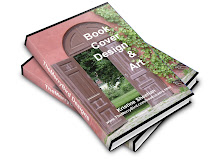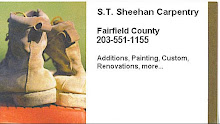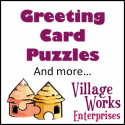All summer long I encouraged my children to read, “Yes,
please read this, please read that, whatever is of interest to you Sam I am”. Of course
that excitement lasted all of about the first week of summer and then it was onto video games, swimming,
volleyball, playing with pals, vacation or just hanging out became their
norm. This drove me nuts since I really
enjoyed my down time as a kid with a good summer book, why shouldn’t they? Isn’t that what summer is for? I mean the
sunshine on my back while laying in the grass, the whispering wind through an open window, a rainy day on the patio,
in my room or a tree house hideaway….. ahh nostalgia. What made reading those books so appealing? (I’m not even that old!)
This got me thinking about children’s books and cover art… isn’t the old
adage don’t judge a book by its cover? After all, content is important! With the shift in the past decade from
manual illustrations to computer graphic design, books and the covers surely reflect the
NEW times we now live in. No wonder my children didn’t want to read a “book” as
I know it, they were reading them on the computer. Here are a few differences I
found intriguing.
Comparisons: Now and then
Drawing vs. computer graphics – cover art now is just different than it used to be. Shapes are bolder,
images are morphed, touched up, digitally sketched, pigmented, blurred etc. FONTS
are amazing… no graphic tape needed here, neither sharpies or pencils make a difference… nah! Instant graphic design!
Color then vs. colors now
Color back in the hay day of printing wasn’t as thrilling or it took allot of work to mix to make the color you wanted your images to have, not to mention the price tag of production.
A Page turner indeed: No more paper cuts, no more folding
corners or book markers to save pages. Digital book pages turn with a gentle
glide, a page is marked with touch of a corner, closing a book with the touch of a button and putting it
back on a shelf, tucked away on a digital page. The cover can later be found twinkling on a surreal bookshelf... waiting for one click. It seems that tangible ownership of a book collection isn’t as
important to kids as the visual “collection” of them now. BUT, the main thing
my kids enjoy is book Interaction. One could “Click here” and hear the
character speak, or “click there” to see an animation. FUN!
The scent of a good book is lost – I never realized the scent of
ink made me as happy as it did until I couldn’t smell it anymore. The kids will
miss out on this point! For sure!
Check these links out for an interesting view of then and now
children’s cover art for books – some of it is downright hilarious while others
are quite offensive!











